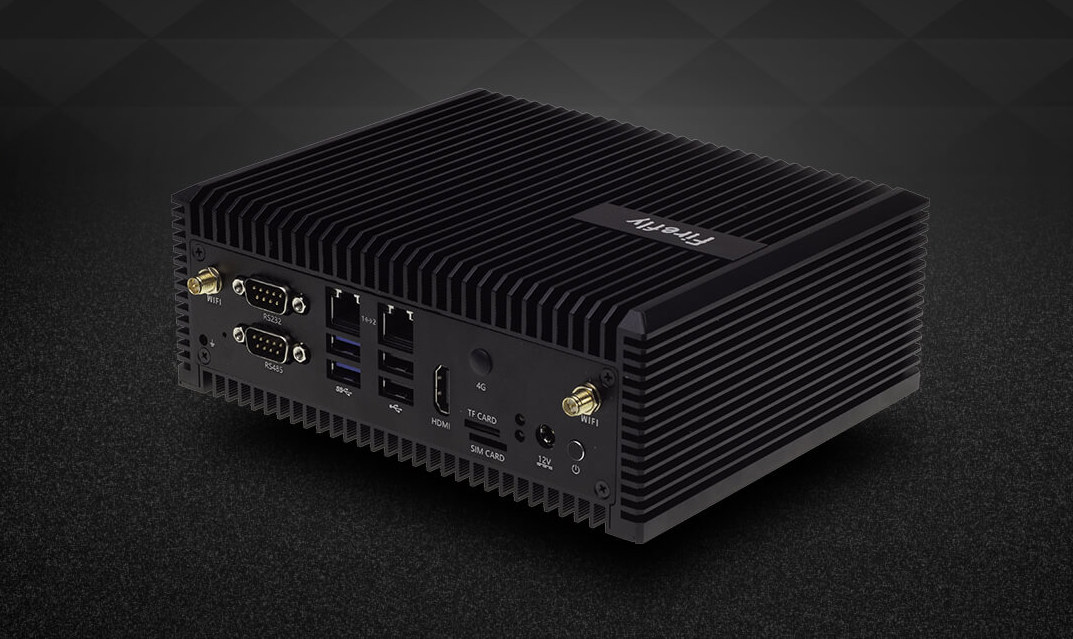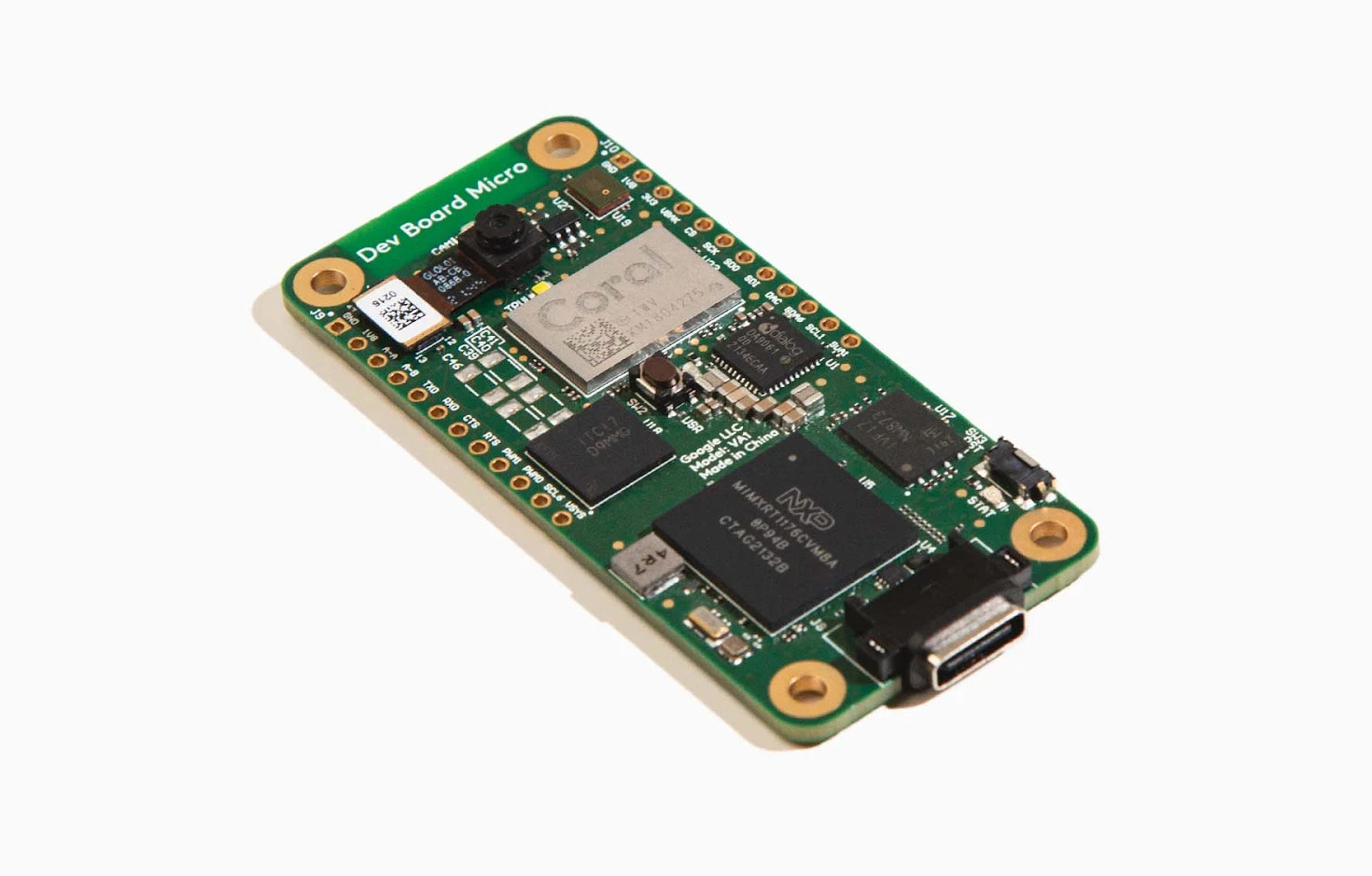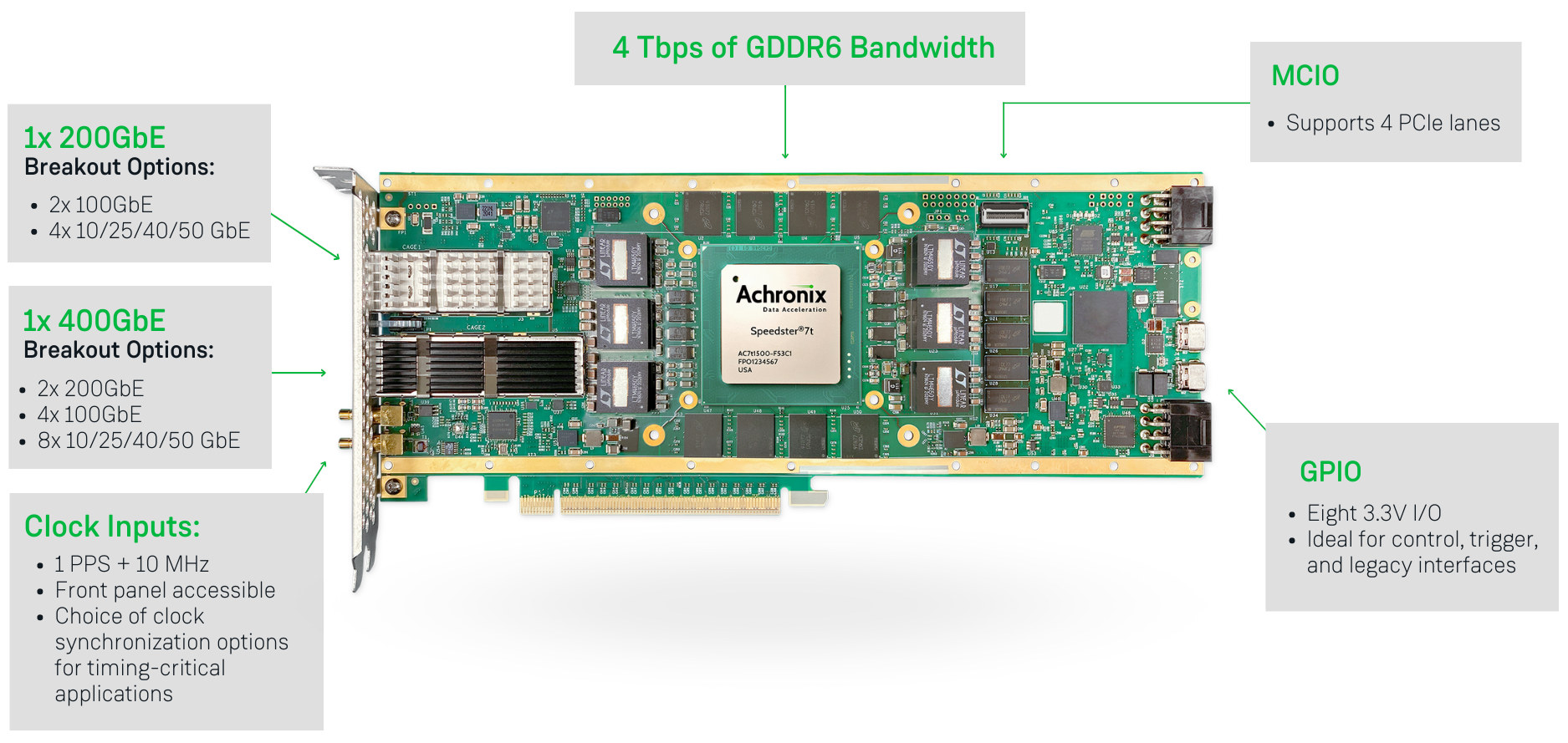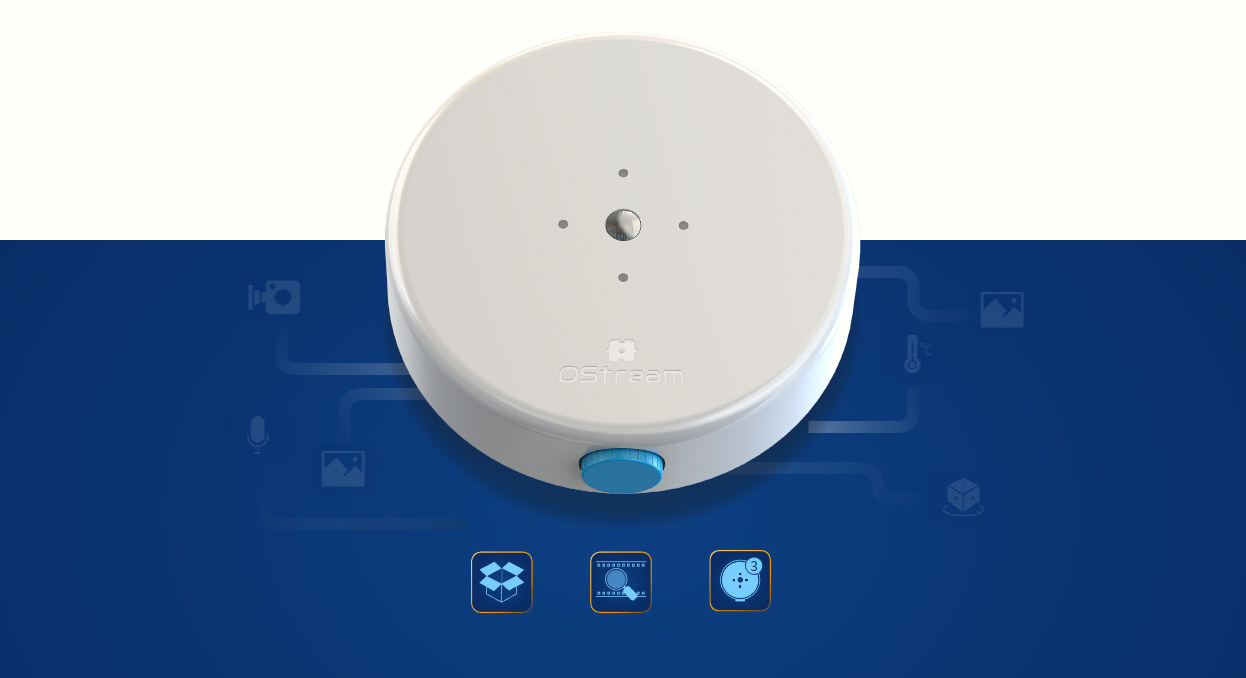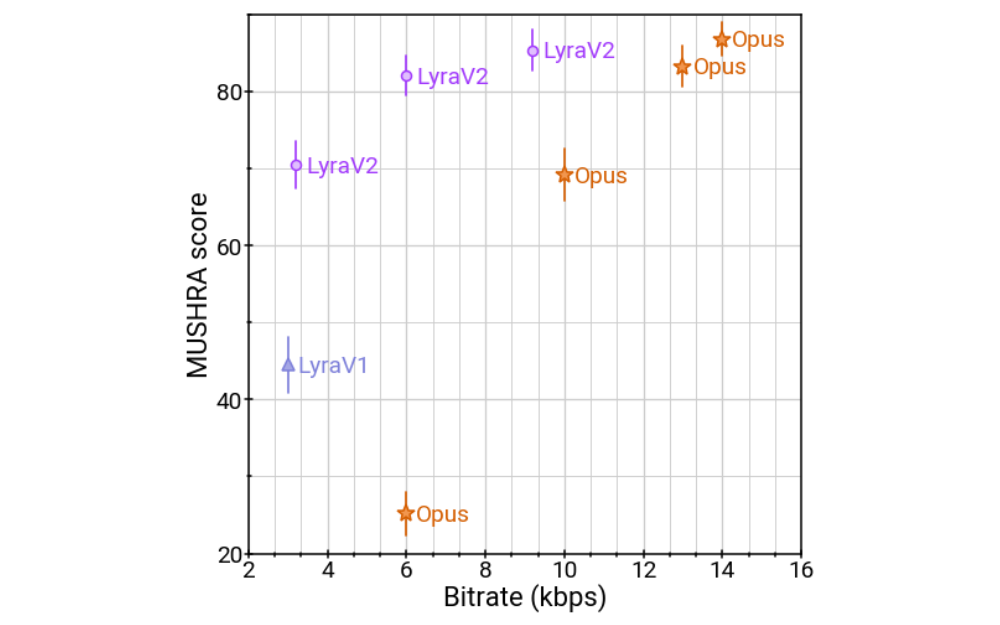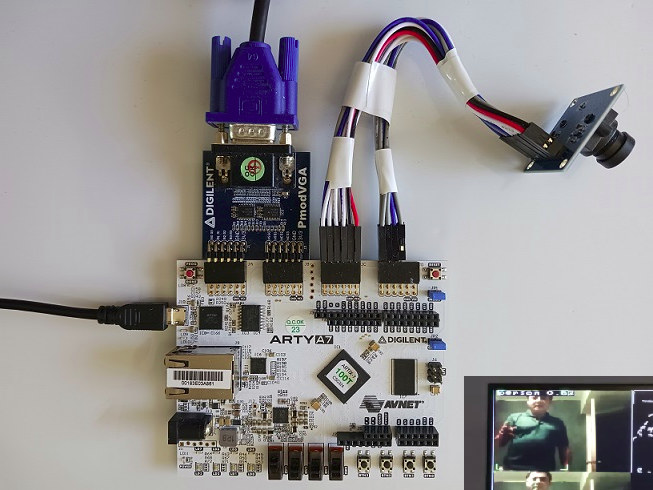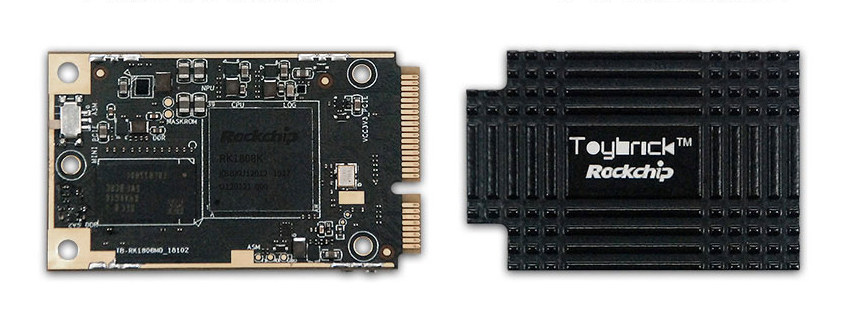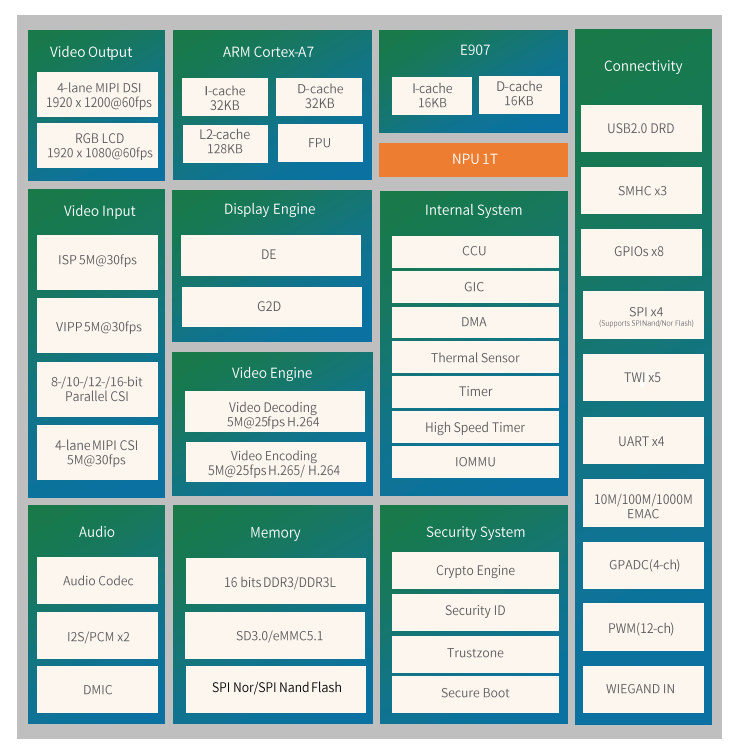Firefly EC-A1684JD4 FD and EC-A1684XJD4 FD are nearly identical Edge AI embedded computers based on respectively SOPHON BM1684 and BM1684X Arm AI SoC delivering up to 32 TOPS of AI inference, and capable of decoding up to 32 H.265/H.264 Full HD videos simultaneously for video analytics applications. The BM1684(X) SoCs are equipped with eight Cortex-A53 cores clocked at 2.3 GHz to run Linux, and the systems come with up to 16GB RAM, 128GB flash, two Gigabit Ethernet ports to receive the video streams, one HDMI output up to 1080p30 for monitoring, as well as RS232 and RS485 DB9 connectors, and a few USB ports. Firefly EC-A1684JD4 FD and EC-A1684XJD4 FD specifications: SoC – SOPHGO SOPHON BM1684/BM1684X CPU – Octa-core Arm Cortex-A53 processor @ up to 2.3GHz TPU BM1684 64 NPU arithmetic units with each NPU containing 16 EU arithmetic units, or 1,024 EU in total Up to 17.6 TOPS (INT8), […]
Coral Dev Board Micro combines NXP i.MX RT1176 MCU with Edge TPU in Pi Zero form factor
Coral Dev Board Micro is the latest iteration of Google’s Edge AI devkit with an NXP i.MX RT1176 Cortex-M7/M4 crossover processor/microcontroller coupled with the company’s 4 TOPS Edge TPU, a camera, and a microphone in a board that’s about the size of a Raspberry Pi Zero SBC. The new board follows the original NXP i.MX 8M-based Coral Dev board that was introduced in 2019, and Coral Dev Board mini based on MediaTek MT8167S processor launched in 2020, and keeps with the trend of providing more compact solutions with lower-end host processors for edge AI. Coral Dev Board Micro specifications: MCU – NXP i.MX RT1176 processor with an Arm Cortex-M7 core @ up to 1 GHz, Cortex-M4 core up to 400 MHz, 2MB internal SRAM, 2D graphics accelerators; System Memory – 512 Mbit (64 MB) RAM Storage – 1 Gbit (128 MB) flash memory ML accelerator – Coral Edge TPU coprocessor […]
Achronix Speedster7t AC7t1500 FPGA is now available for high-bandwidth applications
Achronix Semiconductor has recently announced the general availability of the Speedster7t AC7t1500 FPGA designed for networking, storage, and compute (AI/ML) acceleration applications. The 7nm Speedster7t FPGA family offers PCIe Gen5 ports and GDRR6 and DDR5/DDR4 memory interfaces, delivers up to 400 Gbps on the Ethernet ports, and includes a 2D network on chip (2D NoC) that can handle 20 Tbps of total bandwidth. Achronix Speedster7t highlights: Two-dimensional network on chip (2D NoC) enabling high bandwidth data flow throughout and between the FPGA fabric and hard I/O and memory controllers and interfaces MLP (Machine Learning Processors) blocks with arrays of multipliers, adder trees, accumulators, and support for both fixed and floating-point operations, including direct support for Tensorflow’s bfloat16 format and block floating-point (BFP) format. Multiple PCIe Gen5 ports High-speed SerDes transceivers, supporting 112 Gbps PAM4 and 56 Gbps PAM4/NRZ modulation, as well as lower data rates Hard Ethernet MACs that support […]
Arducam OCam AI camera adds context to video streams in real-time with the PhysicO platform
Arducam OCam, whose name stands for Object Camera, is an AI camera with 3 TOPS of AI performance and designed to work with OStream‘s PhysicO Edge AI media platform that adds context to MP4 video streams in real-time. The camera supports resolutions from QVGA to 2K, takes USB or PoE power, comes with a drag-and-drop AI pipeline for easy programming/configuration, and is also compatible with common AI tools such as TensorFlow, PyTorch, Edge Impulse, and others. Arducam OCam specifications: Resolution – QVGA up to 2K Frame Rate – Up to 60 fps FoV – 80° Audio – Dual beamforming AI processing power – Up to 3 TOPS Power Supply 5V via USB PoE Power Consumption – Up to 5 Watts Dimensions – 10 cm Φ x 3 cm Weight – 400 grams As I understand it, the AI pipeline – named ObjectAgent – runs on the camera itself, and adds […]
Lyra V2 open-source audio codec gets faster, higher quality and compatible with more platforms
Lyra V2 is an update to the open-source Lyra audio codec introduced last year by Google, with a new architecture that offers scalable bitrate capabilities, better performance, higher quality audio, and works on more platforms. Under the hood, Lyra V2 is based on an end-to-end neural audio codec called SoundStream with a “residual vector quantizer” (RVQ) sitting before and after the transmission channel, and that can change the audio bitrate at any time by selecting the number of quantizers to use. Three bitrates are supported: 3.2 kps, 6 kbps, and 9.2 kbps. Lyra V2 leverages artificial intelligence, and a TensorFlow Lite model enables it to run on Android phones, Linux, as well as Mac and Windows although support for the latter two is experimental. iOS and other embedded platforms are not supported at this time, but this may change in the future. It gets more interesting once we start to […]
Ztachip open-source RISC-V AI accelerator performs up to 50 times faster
Ztachip is an open-source RISC-V accelerator for vision and AI edge applications running on low-end FPGA devices or custom ASIC that is said to perform 20 to 50 times faster than on non-accelerated RISC-V implementations, and is also better than RISC-V cores with vector extensions (no numbers were provided here). Ztachip, pronounced zeta-chip, is not tied to a particular architecture, but the example code features a RISC-V core based on the VexRiscv implementation and can accelerate common computer vision tasks such as edge detection, optical flow, motion detection, color conversion, as well as TensorFlow AI models without retraining. The open-source AI accelerator has been tested on Digilent ArtyA7-100T FPGA board in combination with a PMOD VGA module to connect to a display and an OV7670 VGA camera module. You can then build the sample found on Github with the Xilinx Vivado Webpack free edition and flash it to the board […]
mini PCIe module features Rockchip RK1808K SoC with 3.0 TOPS NPU
Rockchip RK1808 SoC with a built-in 3.0 TOPS AI accelerator has been around since 2019, and we’ve seen it in USB compute sticks, SBCs, and even in Pine64 SoEdge-RK1808 SO-DIMM module, but somehow never in the more widely used M.2 or mPCIe form factors. Toybrick TB-RK1808M0 changes that and offers Rockchip RK1808K SoC coupled with 1GB RAM and an 8GB eMMC flash in a mini PCIe module that exposes USB 3.0, USB 2.0, UART, and GPIO signals. Toybrick TB-RK1808M0 specifications: SoC – Rockchip RK1808K CPU – Dual-core Cortex-A35 processor @ up to 1.4 GHz AI Accelerator – 3.0 TOPS NPU for INT8 inference (300 GOPS for INT16, 100 GFLOPS for FP16) VPU – 1080p60 H.264 decode, 1080p30 H.264 encode System Memory – 1GB DDR Storage – 8GB eMMC flash Host interface – Mini PCIe edge connector with USB 3.0, USB 2.0, UART, and GPIO Misc – Heatsink for cooling Supply […]
Allwinner V853 Arm Cortex-A7 + RISC-V SoC comes with 1 TOPS NPU for AI Vision applications
Allwinner V853 SoC combines an Arm Cortex-A7 core with a Xuantie E907 RISC-V core, and a 1 TOPS NPU for cost-sensitive AI Vision applications such as smart door locks, smart access control, AI webcams, tachographs, and smart desk lamps. Manufactured with a 22nm process, the SoC comes with an ISP image processor and Allwinner Smart video engine capable of up to 5M @ 30fps H.265/H.264 encoding and 5M @ 25fps H.264 decoding, offers parallel CSI and MIPI CSI camera interfaces, and well as MIPI DSI and RGB display interfaces. Allwinner V853 specifications: CPU Arm Cortex-A7 CPU core @ 1 GHz with 32 KB I-cache, 32 KB D-cache, and 128 KB L2 cache Alibaba Xuantie E907 RISC-V core with 16 KB I-cache and 16 KB D-cache NPU (Neural network Processing Unit) – Up to 1 TOPS for V853 and 0.8 TOPS for V853S, embedded 128KB internal buffer, support for TensorFlow, Caffe, […]


